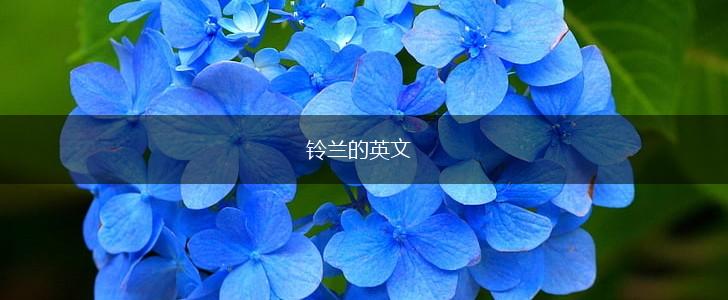
The Lily of the Valley, also known as the May lily or simply the lily, is a small flowering plant native to Europe and the temperate regions of Asia. It grows to be about 15 centimeters tall and produces small white, bell-shaped flowers with a sweet fragrance.
The Lily of the Valley carries a rich symbolic meaning across cultures. In ancient Greek mythology, it is said to have sprouted from the tears that the god Apollo shed when he was banished from Olympus. In Christianity, it represents the tears of the Virgin Mary and symbolizes humility, purity, and chastity. It is also the birth flower for the month of May.
Besides its ornamental value, the Lily of the Valley has a long history of medicinal use. Its leaves and flowers contain powerful chemical compounds that act as cardiotonic, diuretic, and anti-cancer agents. It has been used to treat heart failure, asthma, epilepsy, and other conditions. However, it can be toxic when ingested and should only be used under medical supervision.
The Lily of the Valley is a popular choice for shady gardens and woodland areas. It prefers moist, well-drained soil and can spread quickly through its rhizomes. It is also ideal for container gardening or as a ground cover. However, it can be invasive in some areas and should be carefully monitored to prevent it from crowding out other plants.
In addition to its symbolic meaning, the Lily of the Valley has been the subject of many myths and legends. One Norse legend tells of a girl who waited for her lover in a valley and wept until her tears turned into lilies. Another legend tells of a mouse who drank the nectar of the lilies and gained the ability to speak to humans. The Lily of the Valley has also been associated with fairies, who are said to use its bell-shaped flowers as cups.
The Lily of the Valley represents much more than just a pretty flower. Its rich history, symbolism, and uses make it a fascinating plant that has captured the imagination of people across cultures for centuries. Whether you are a gardener, a herbalist, or simply appreciate the beauty and fragrance of this delicate flower, the Lily of the Valley is a plant worth learning more about.